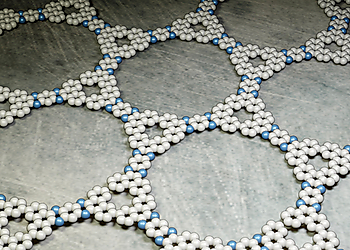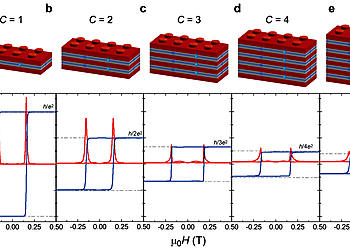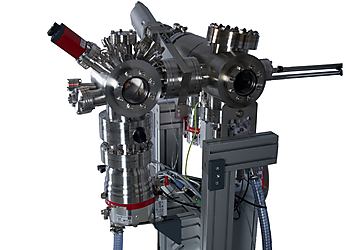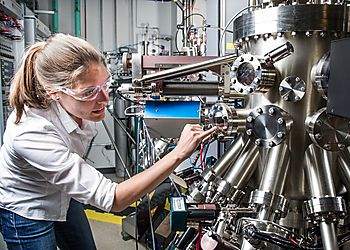News
Kagome Graphene with Promising Properties

Researchers from the Department of Physics and the Swiss Nanoscience Institute at the University of Basel, working in collaboration with the University of Bern, have produced and studied Kagome graphene for the first time. Their report in the journal Angewandte Chemie shows the synthesis of a nitrogen-doped Kagome graphene using a surface-assisted Ullmann coupling on Ag(111). They employed STM and AFM, including a LT STM, to explore the structural and electronic properties of the Kagome graphene down to the atomic scale.
Quantum Insulators May Bring Resistance-Free Current Transfer to Electronics

So-called quantum anomalous Hall insulators are one of two ways of achieving resistance-free current transfer. Cui-Zu Chang at The Pennsylvania State University has made a breakthrough that has greatly increased the number of dissipation-free channels in quantum anomalous Hall insulators. These findings indicate that such quantum isolators are one step closer to revolutionizing electronics.
Installation of the First ALDcompact 10 System

Scienta Omicron is thrilled to announce the delivery of its first ALDcompact 10 system to the University of Notre Dame, USA. This module is designed for exploratory work in the field of Atomic Layer Deposition (ALD) process research. Moreover, the ALDcompact 10 system complements an existing Materials Innovation Platform (MIP), that consists of Molecular Beam Epitaxy (MBE) systems and an in-situ X-ray Photoelectron (XPS) instrument.
NREL MBEs to Grow 2D Materials, Intermetallic Compounds, and Semiconductors

The Materials Physics research group at the National Renewable Energy Laboratory (NREL) develops semiconductors for energy-relevant applications, including photovoltaics and solid-state lighting. The group uses two connected EVO-25 MBE systems from Scienta Omicron. The System platforms are suitable for a large range of MBE applications such as the growth of 2D materials, intermetallic compounds, oxide heterostructures or semiconductors.
